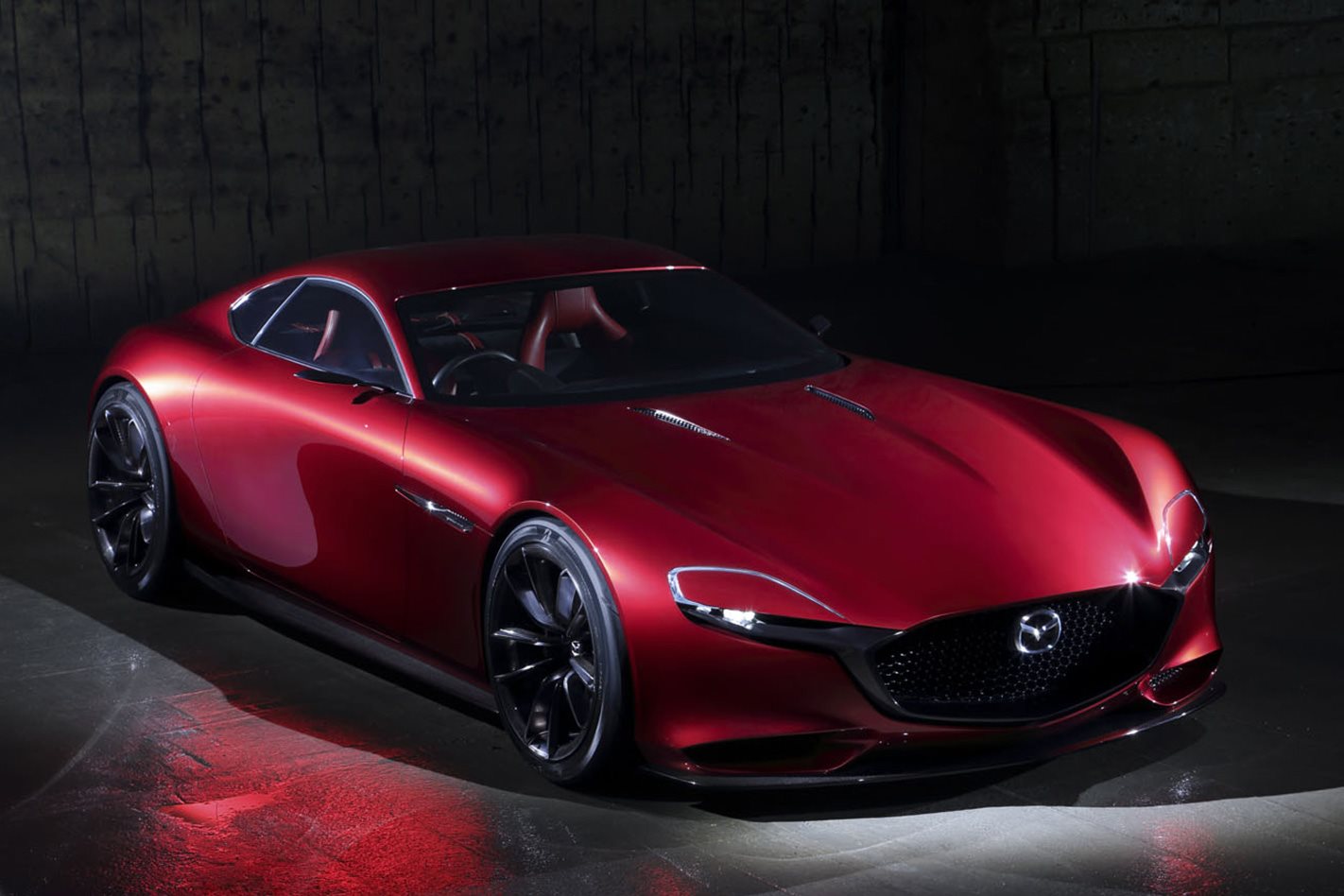
Buried in a press release that surfaced yesterday outlining an ‘electrification and connectivity strategy’, Mazda quietly confirmed what had been suspected since the demise of the RX-8 in 2012: The rotary engine will return.
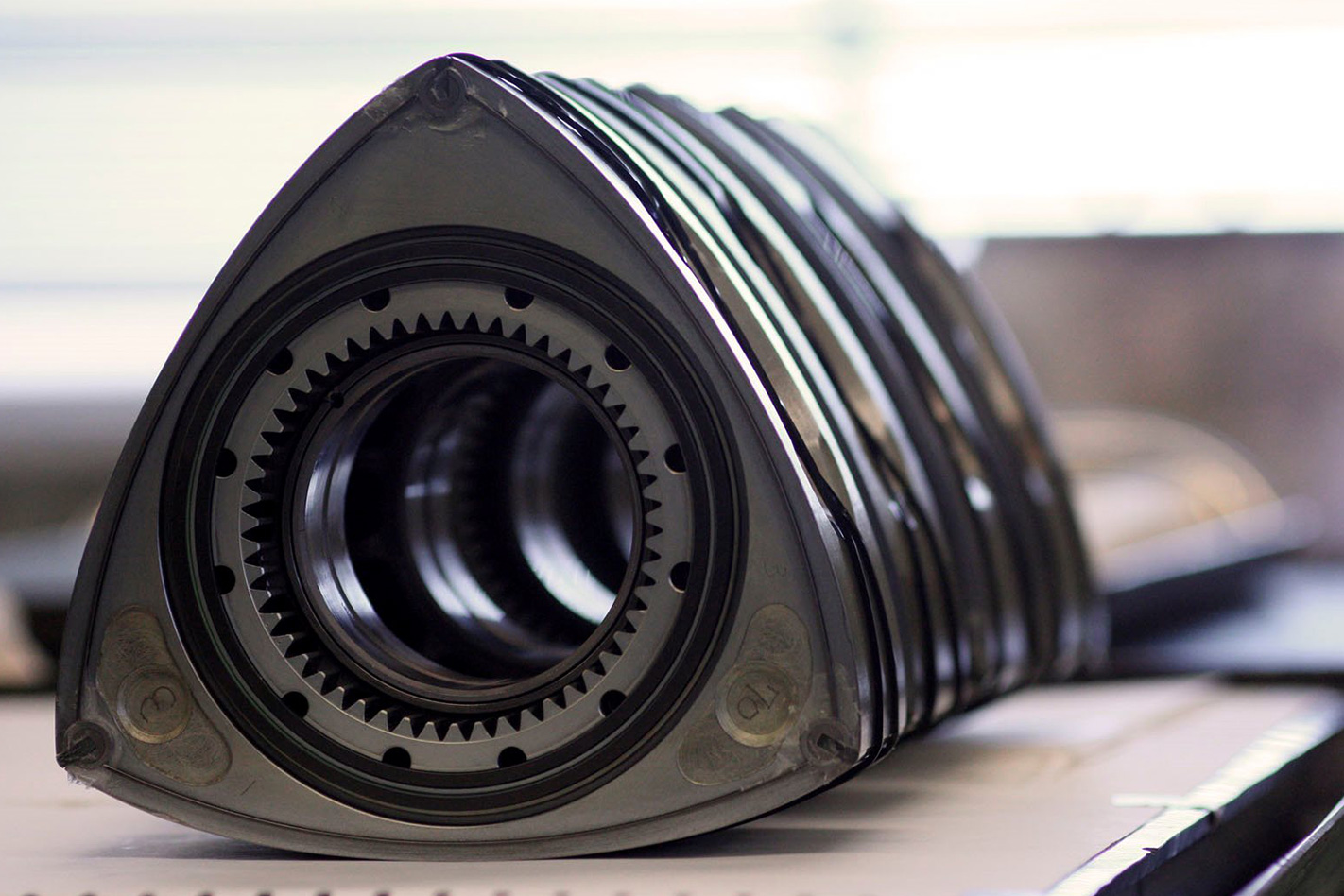
But the initial euphoria and excitement for many Wankel enthusiasts rapidly subsided to apathy as the release went on.
“Mazda will develop two battery electric vehicles, one powered solely by battery and another that pairs a battery with a newly developed range extender powered by Mazda’s small, lightweight and exceptionally quiet rotary engine,” it read. Quiet and electrified, hmmm…
Last week, I made the mistake of standing near a twin-rotor Mazda rotary powered drag racer as its owner revved the 1.3-litre, 900kW, methanol-fuelled RX-7 to the limiter, and the resulting tinnitus is a souvenir I hadn’t planned on bringing home from Japan. Consequently though, I can confirm the reason people love the Wankel engine is not because it’s quiet and fuel efficient.
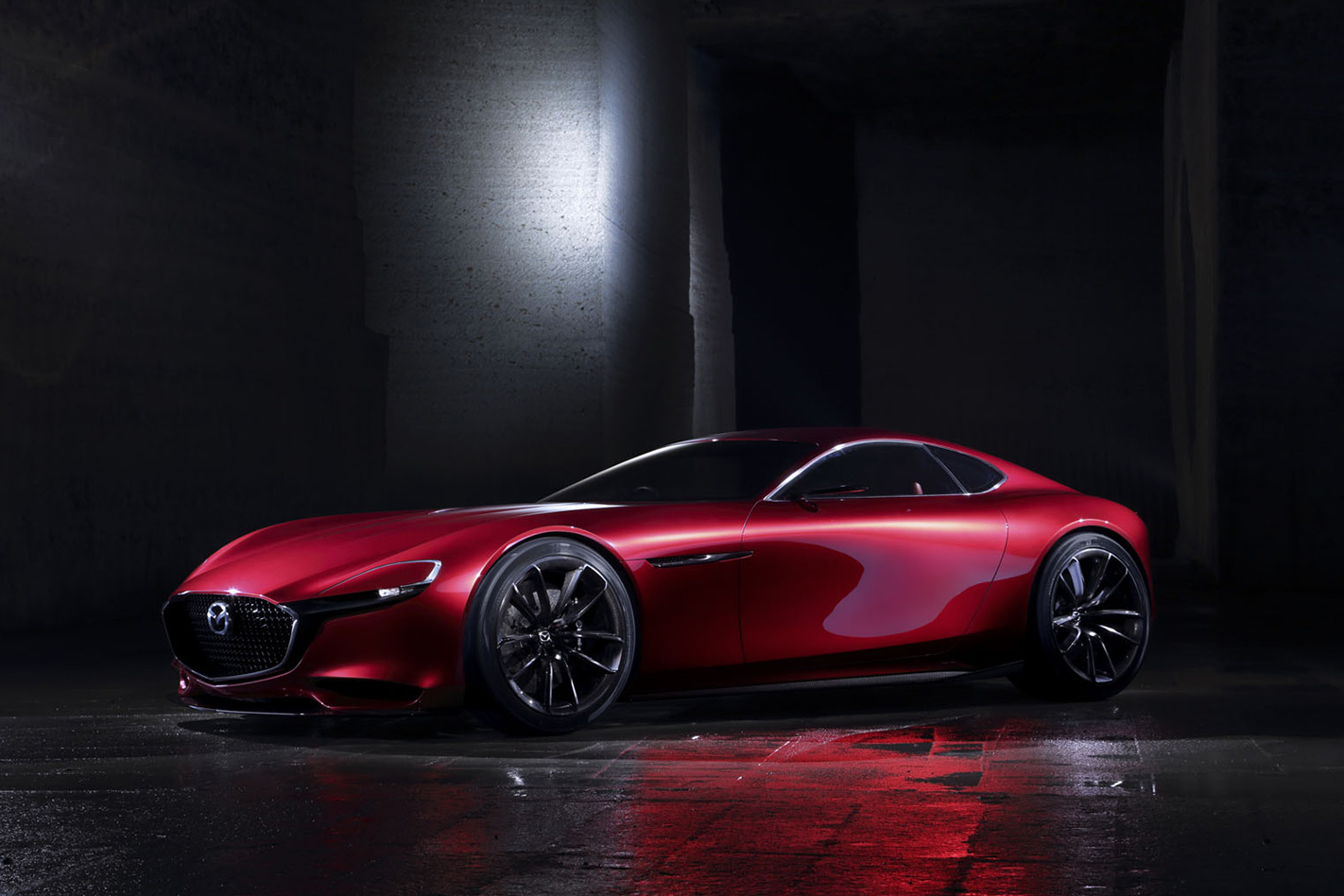
However, it appears the revenant rotary will not invoke the wailing 600kW, Le Mans-demolishing quad-rotor found under the 1991 787B’s engine cover, or the many iterations of the unapologetic 13B which powered numerous high-performance Mazdas until the swansong RX-8, or the drag racer that robbed me of hearing for a few hours.
But don’t be disappointed because, not only was Mazda’s strategy to reforge the rotary as a softly-spoken hybridised powertrain inevitable, it’s also very, very good news.
Let’s start with what forced a rotary hiatus. Not long after my ears had stopped bleeding from the incident at Fuji Speedway, I shared a car with MX-5 program manager and, in a previous role, rotary engine development engineer Nobuhiro Yamamoto.
As we discussed the respective reasons the rotary engine had to be shelved, tantalisingly, Yamamoto listed the solutions to each problem.
Perhaps the most notorious of the rotary’s weaknesses – apex and face seal wear – has been solved by expensive but extremely hard ceramic components now widely used for racing applications, said Yamamoto.
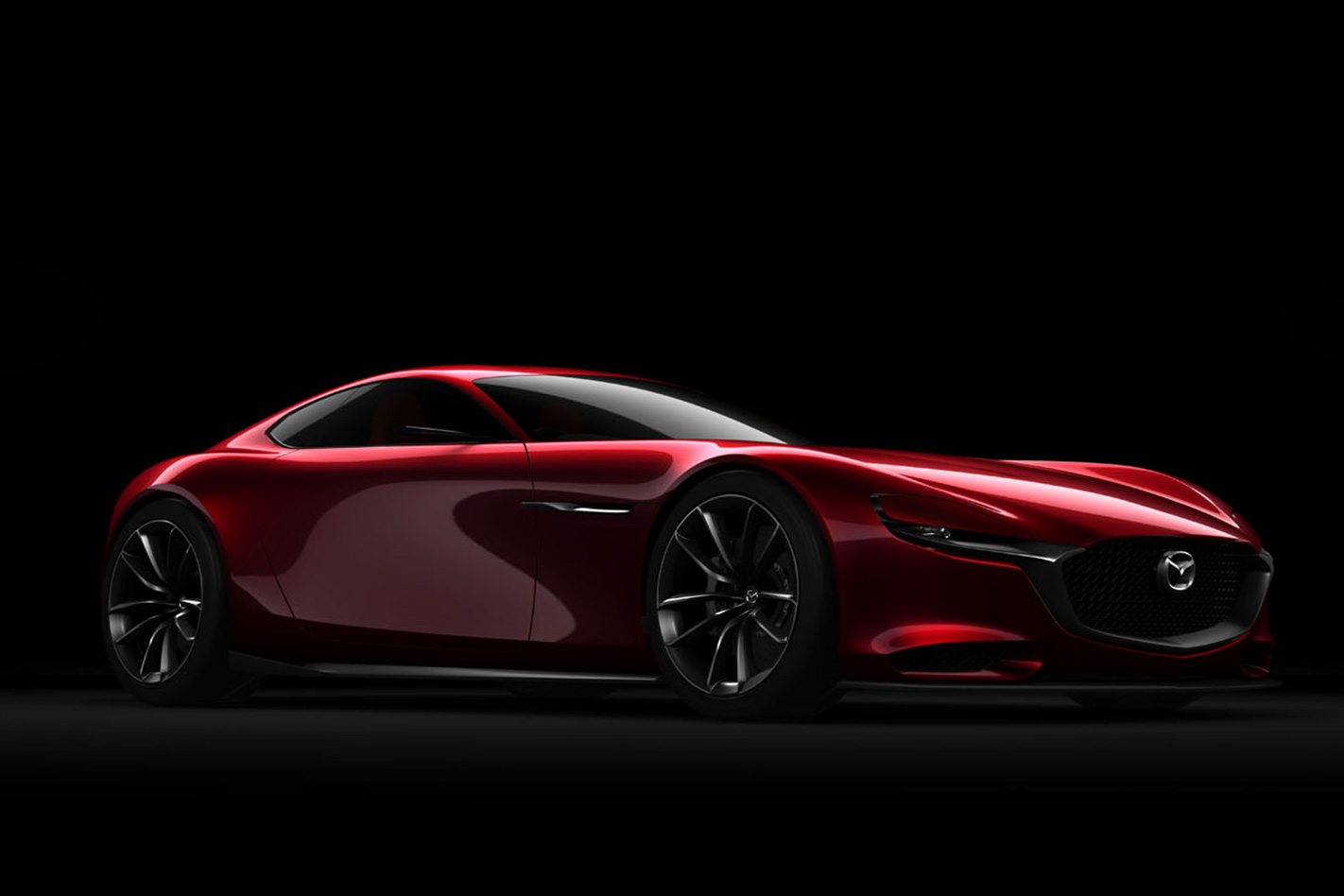
Emissions? Those can be slashed by beefy (also expensive) catalytic converters and as for CO2 emissions, the use of sophisticated turbocharging and downsizing is the key or, as Yamamoto put it “right-sizing”.
At the time, the rotary engine expert made no mention of hybridisation as a solution to the hobbling rotary CO2 problem, but following the announcement this week, I suspect he was probably thinking it.
When asked if the hurdles that shelved the engine in 2012 could now be jumped using modern technological advances, Yamamoto initially answered “yes” but quickly changed his response to “maybe”.

Now it is clear the rotary really can be resurrected for a catalogue of advancements Mazda is yet to detail in full, including its electrification approach but, while the news is not confirmation of a fire-breathing, ear-shattering demon many of us were hoping for, it is a glimmer of hope.
When Toyota – a leader in hybridisation – jumped into the electrification realm, its first mainstream model was the deeply soporific Prius, but today, a bloodline of furious development has lead to majestic models such as the Lexus LC500h, a car that is more about speed and glamour than fuel economy and carting children.
To take another example, Honda’s 2010 CR-Z might have begged for a few more kilowatts to be a true hot hatch like the CR-X it paid homage to, but it coupled a manual gearbox to a hybrid powertrain for a truly involving driving experience – imagine if Mazda did the same.
Insert a long list of hybrids here that go like a cut cat and sound great to complete the optimistic distant gaze, if you need any more convincing.
As a broader point, more engine variety among the numerous brands in some part reverses the trend of modular engines and a reduction in under-bonnet options. For example, BMW’s E34 5 Series of 1987 to 1996 was sold with an astonishing 14 significantly different engines. Today, the G30 5 Series has a third as many engine options.
Gaining an entirely new engine type in the automotive landscape is an injection of fresh DNA, and if the new car market were the Royal Family, Mazda’s rotary would be Meghan Markle.
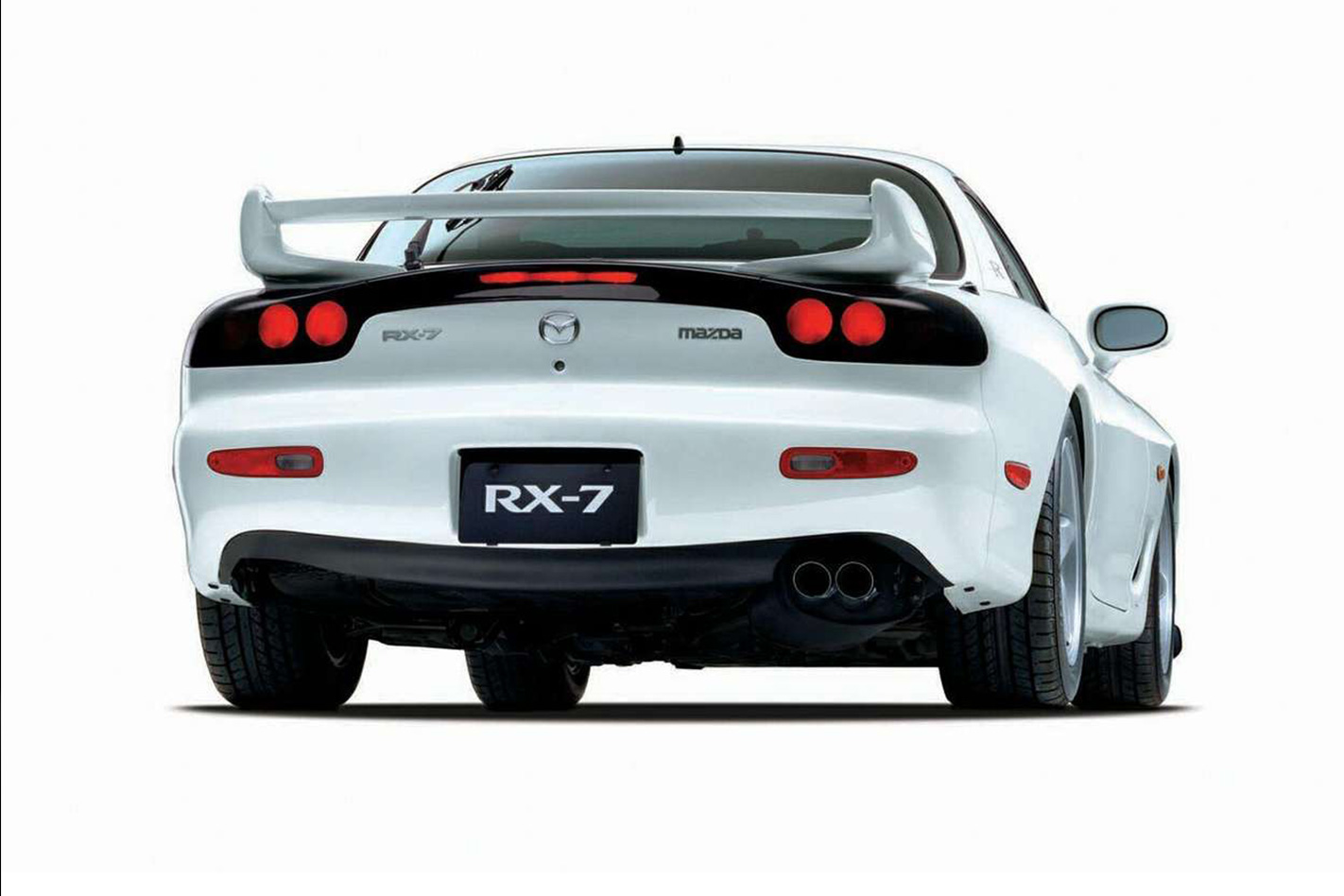
And there’s still the potential for a rotary sports car to return – although don’t count on it arriving any time this decade. Speaking at last year’s Tokyo Motor Show, Mazda’s senior managing executive officer and head of R&D Kiyoshi Fujiwara told Wheels that the company sorely wants to see a brand-new rotary-engined performer return to its showrooms, but the company’s balance book needs to be able to support the development of one first.
And while Mazda’s newly-announced plan to electrify all of its models by 2030 might sound like the death knell for a resurrected RX-7, Fujiwara said hybridisation was already being factored in for its future sports car. Performance and economy won’t be mutually-exclusive in Mazda-land.
But while the timing on such a vehicle has yet to be ironed out, Mazda’s commitment to keeping its beloved rotary engine within its portfolio gives us cause to breathe a sigh of relief: Mazda’s rotary engine will be back.




